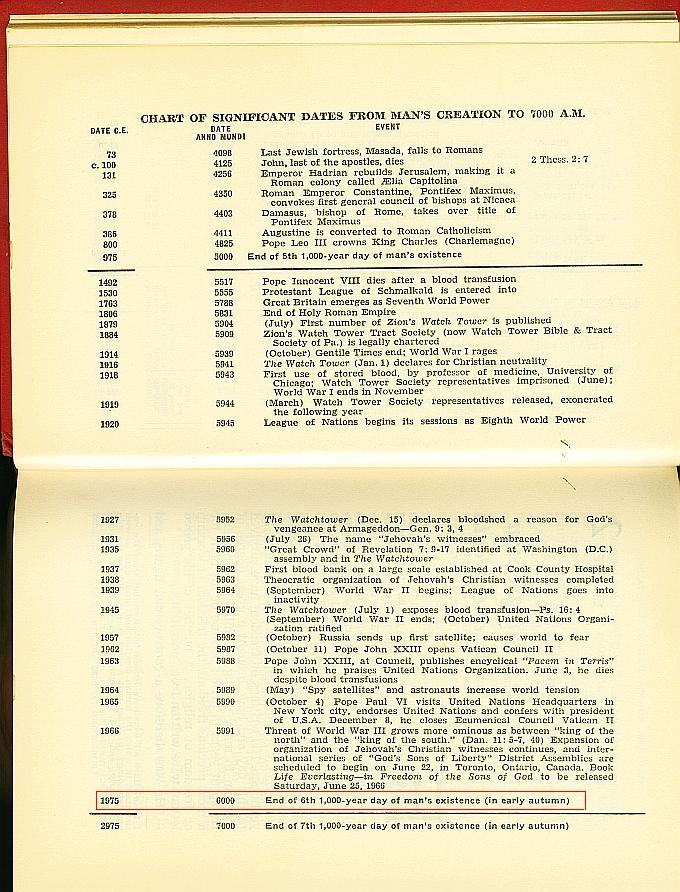4/24 Archeology Magazine. "The Taş Tepeler, or Stone Mounds, in southeastern Turkey’s Şanlıurfa Province arc roughly 125 miles along the foothills of the Taurus Mountains, overlooking the Harran Plain and the Balikh River, a tributary of the Euphrates. The region features plateaus amid modest mountains. Scorching summers and mild winters with little rain barely sustain wild lentils, wheat, barley, and chickpeas, alongside other plant species adapted to the semiarid steppe environment. Farmers cultivate crops of pistachios, which are known locally as “green gold.” The plain’s few native animals, including several species of gazelle, are legally protected, but conservationists struggle to safeguard them from poaching, climate change, and urban expansion. In villages dotted across the plain, residents face challenges, too, their lives intertwined with seasonal agricultural rhythms and subject to the vagaries of swiftly changing weather patterns.
More than 11,000 years ago, during the early Neolithic period, this was a lush expanse of mighty forests teeming with wild animals including cattle, sheep, goats, donkeys, gazelles, boars, leopards, and snakes and other reptiles. Its rivers and lakes were home to numerous species of fish and birds. This fertile environment drew groups of mobile hunter-gatherers who, freed from the need to move seasonally in search of food, built semipermanent and permanent dwellings on the plain and in the hills. “This part of Anatolia had a significantly richer and more productive natural environment than arid regions to the south,” says archaeologist Mehmet Özdoğan of Istanbul University. “This encouraged people to establish permanent settlements and liberated them from mere dietary concerns. Their newfound freedom allowed them to focus on endeavors beyond sustenance and shelter and on what we might define as true artistic pursuits.”
Archaeologists working across the region over the last several decades have uncovered more than 20 sites dating to the Pre-Pottery Neolithic period (ca. 12,000 to 10,200 years ago). These sites share characteristics such as monumental architecture, often in the form of T-shaped or rounded pillars and large decorated stone benches. They also feature stone carvings of humans with skeletal features, as well as of human heads, masks, phalluses, and predatory mammals, including raptors and snakes. Between 1983 and 1991, at the site of Nevalı Çori, which is now covered by the waters of the Atatürk Reservoir, researchers discovered a series of large T-shaped standing stones that are acknowledged to be the first known examples of monumental architecture in the region. Inspired by those finds, later in the 1990s, archaeologists returned to the site of Göbeklitepe, some 35 miles away, which had been discovered in 1963. There they unearthed structures similar to those at Nevalı Çori. (See "Last Stand of the Hunter-Gatherers?") While digging at Sayburç, another of the Taş Tepeler sites, in 2021, archaeologist Eylem Özdoğan of Istanbul University unearthed a stone bench with a carved relief showing two humans, two leopards and a bull—a scene, she says, that represents the most detailed depiction of a Neolithic story found to date.
Taken together, the known Taş Tepeler sites—and perhaps others yet to be discovered—suggest something revolutionary was happening in the area at this time. “These excavations have altered people’s perspectives on the Neolithic period,” says archaeologist Douglas Baird of the University of Liverpool, who is now working at Mendik, a newly discovered Taş Tepeler site. “We know that many Neolithic areas, from Jordan to Cappadocia in Anatolia, have public buildings, but in the Taş Tepeler region, there are numerous structures designated for specific public or ritual purposes. I believe the most important aspect of public buildings is that they represent new social institutions in these communities—for which other evidence is lacking—because they brought together different families and different segments of the community for a common purpose.” These large gathering spaces underscore the significance of such communal activities. During this period, buildings became something other than just spaces to live in, and “special structures” began to be built for non-domestic purposes, an indicator of new spiritual practices. “Considering the labor and time required for the construction of these structures, they must have held great meaning for Neolithic societies,” Baird says. “The goal shouldn’t be to understand one settlement, but to understand the entire region and th e story that is specific to this region. When you look at the plateau surrounding the Harran Plain, you find a lot of these types of sites, but as you go a bit farther, they disappear. This region has a unique coherence.”
e story that is specific to this region. When you look at the plateau surrounding the Harran Plain, you find a lot of these types of sites, but as you go a bit farther, they disappear. This region has a unique coherence.”
https://archaeology.org/wp-content/uploads/2024/03/Karahantepe-Neolithic-Turkey-Tas-Tepeler-Skeletal-Man.jpg
https://archaeology.org/issues/march-april-2024/features/discovering-a-new-neolithic-world/
